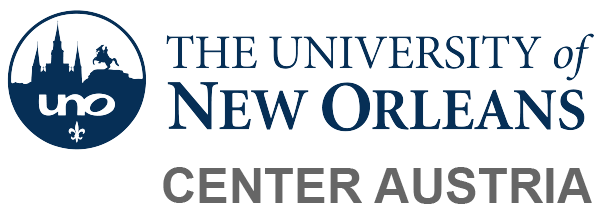The Nixon Doctrine and Transatlantic Relations
Nixon addressing audience at NATO's 20th anniversary, April 1969, Washington, DC
When: Wednesday, April 17, 12:30 pm -1:30 pm
Where: Deutsch Seminar Room, International Center
During and after the WWII, U.S. policy-makers did not foresee a long-term stationing of large numbers of American troops in Europe, and some expressed reservations about this possibility. “[I]n the long run, it is not possible—and certainly not desirable—that Europe should be…defended by legions brought in from abroad, somewhat in the fashion that Rome's territories vainly sought security many hundred years ago,” wrote Dwight D. Eisenhower in 1951 while serving as NATO’s first Supreme Allied Commander. But the circumstances of the Cold War and presence of large numbers of Soviet troops in Eastern Europe convinced the U.S. to retain a large number of forces in Western Europe during the Cold War.
The Nixon administration was a staunch supporter of NATO, but also pursued a policy of burden-sharing in the alliance. One of the objectives of the Nixon Doctrine was to transfer local and regional defense responsibilities to U.S. allies and friends, to a maximum degree possible. This presentation will address the historical and actual relevance of the Nixon Doctrine to transatlantic relations and European security.
Amin Aghjeh at Nixon's birthplace in Yorba Linda
Amin Aghjeh is a Doctoral Research Fellow at the Austrian Marshall Plan Center. He is a PhD Candidate at the University of Vienna where he is working on U.S. diplomatic history and international affairs. His dissertation explores the origins of the Nixon Doctrine.


